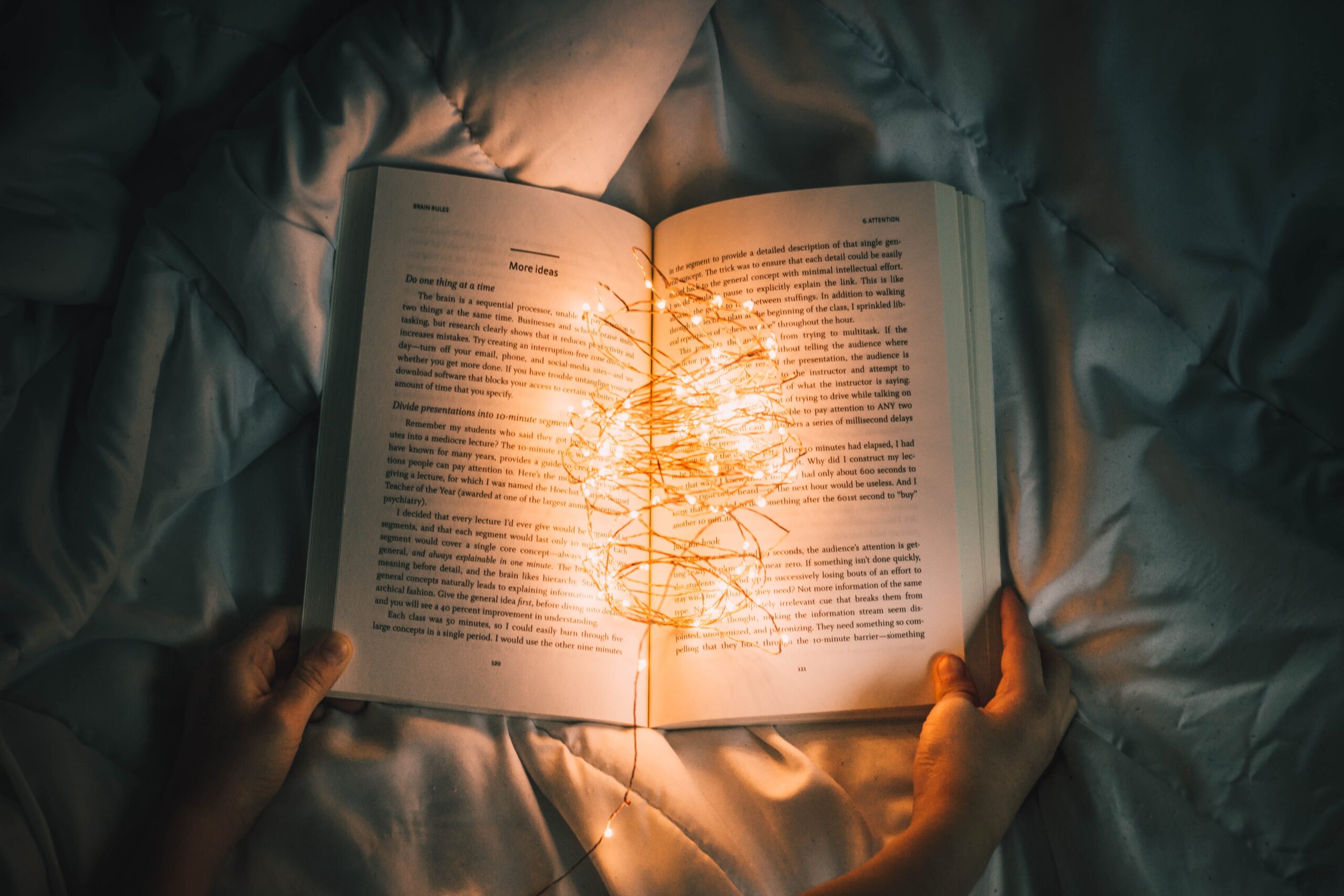Visualization—it is not just for Tibetan monks, elite athletes, and Fortune 500 CEOs. These ancient, imagination-stimulating techniques can be a powerful academic tool for decoding and reading comprehension.
What is visualization, and how does it work?

Courtesy of Unsplash
Simply put, visualization, also called mental imagery, is the forming of images within the mind. Research indicates that competent readers are always creating “mini-movies” while they read, picturing the events, characters, and information in their mind’s eye (Bell, 2007). These visualizers readily grasp and retain concepts. Conversely, learners who visualize less generally remember only some of what they read, even if they possess good decoding and fluency skills.
To reach the ultimate goal of comprehension, the best readers are converting the words into meanings that can be easily stored and accessed. Visualization effectively targets how this information is often stored, through meaning-making and associations. For example, you may not recall an exact quote from a book you have read recently, but you can describe a critical event from the text. Likely, this is because you have successfully translated that scene into a vivid mental image.
What are some tips for using visualization with young readers?
- DRAW
- Encourage readers to sketch a picture of what they have read. (Nothing too elaborate is necessary; a quick rendering will help crystalize key details in the reader’s mind.)
- ACT
- Readers can make or use props to convey the meaning of the sentence or passage. (This form of play reinforces the sequence of events while creating a novel, memorable experience.)
- Allow readers to physically “act out” a scene or sentence. (Including a few props can heighten the experience.)
- ASK
- Ask questions that invite world-building and mental imagery. Readers can respond verbally or in writing.
- What did you see/experience while you were reading? What colors, sounds, shapes, smells, and images?
- Why do you think the character did that? What would you do if you were in that situation? Where would you go? How would you respond?
- What do you picture will happen next?
- Ask questions that invite world-building and mental imagery. Readers can respond verbally or in writing.
For more tips and tricks, please visit some of our other posts or contact us if you would like any personalized advice or program recommendations!


